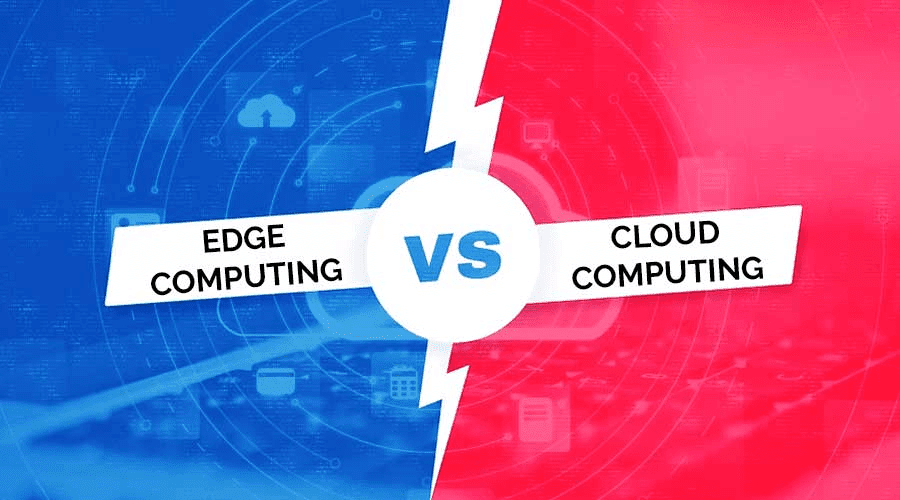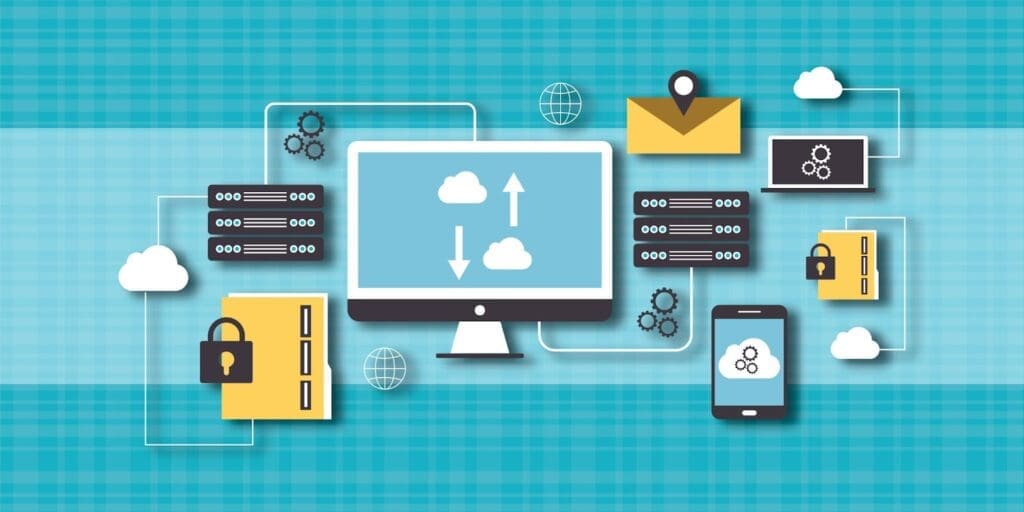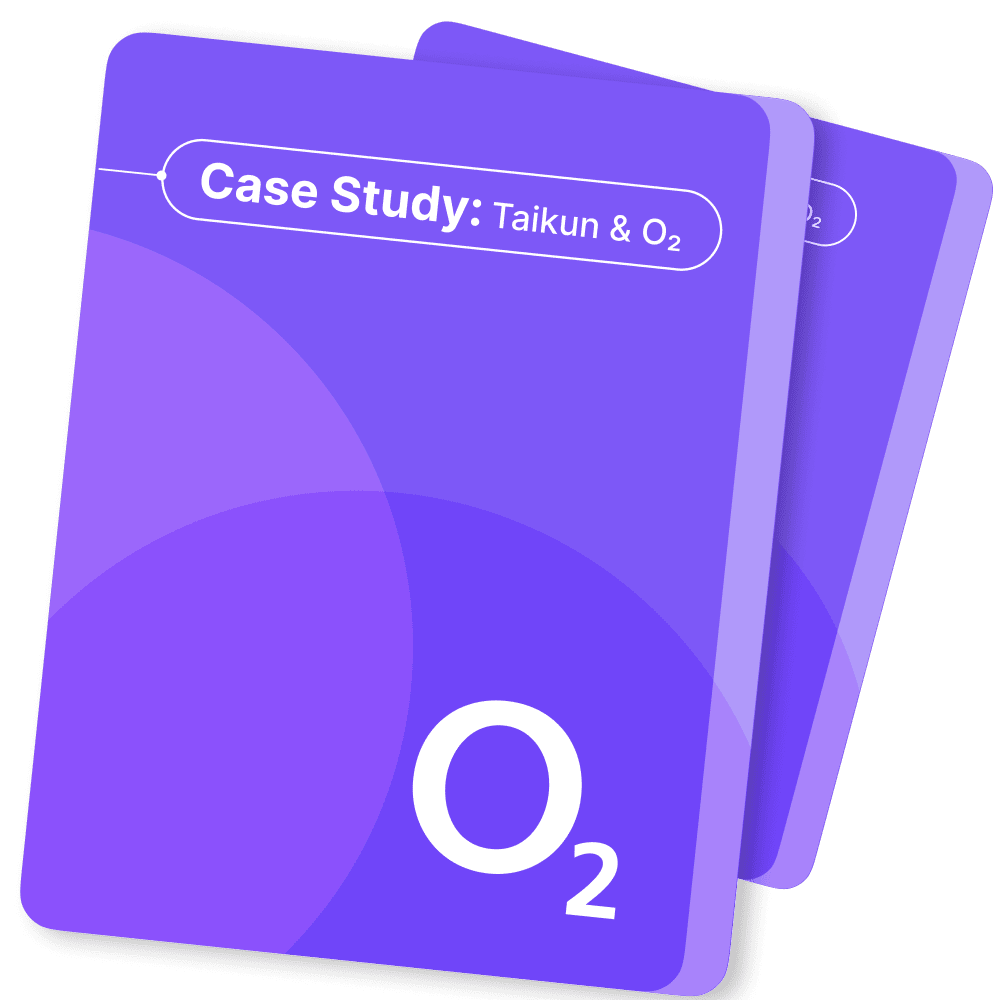Artificial Intelligence in Edge Computing – Benefits and Use Cases


What exactly is the definition of artificial intelligence in edge computing? Also, what are the benefits? What use cases are there? And how it differentiates from cloud?
Difference Between Edge Computing and Fog Computing


Edge computing and fog computing make it possible to solve the problem of latency between data collection and transmission and bandwidth issues. Both edge computing and fog computing receive the same amount of attention these days but are often misunderstood by those who need to learn their differences.
The Relationship Between 5G and Edge Computing


5G and Edge Computing are relatively new technologies that have gained momentum quickly. According to GSMA, the 5G network will provide users access to 1 Gbps wireless speeds and enable the Internet of Things (IoT) applications in homes, cities, enterprises, factories, and more at significantly lower costs than current networks.
Edge Computing: Case Studies and Real World Examples


In case you have not heard, edge computing is a new term rapidly gaining steam over the past few years. In simple terms, “edge” or “fog” computing refers to processing things closer to their source (i.e., at the edge of a network) vs. large centralized systems that serve all data requests from a single resource.
Edge Computing Vs. Cloud Computing: Key Differences to Know


The groundswell of computing is shifting, and it’s happening in the periphery. Edge devices have been growing at exponential rates. Cloud computing will now need to address the needs of this new framework. These two technologies are not exclusive of each other and go hand-in-hand. That’s why the adoption of cloud and edge computing will […]
What is Edge Computing: Definition, Characteristics and Use Cases


Technology has come a long way from clunky early computers to today’s pocket-sized powerhouses. But there’s a new buzzword you should know: Edge Computing. Imagine this – big companies like Netflix used to store all their stuff on the cloud, but that caused slow-downs. Here’s where edge computing steps in.
Top Hybrid Cloud Trends for 2023-2024 [and what to do about it]


According to Cisco 2022 Global Hybrid Cloud Trends Report, “82% of survey respondents indicated having adopted a hybrid cloud”. A hybrid cloud approach allows organizations to combine the benefits of public and private cloud environments, resulting in greater agility, scalability, and cost efficiency. As we move into 2023, we expect to see a continued increase in hybrid cloud adoption and the emergence of new trends and technologies that will shape the future of this approach.
Future Trends in Cloud Adoption and Digital Transformation: What’s Next for Your Business


Cloud computing is becoming increasingly popular due to the quick rate of technological innovation and the growing desire for digital transformation. The cloud has rapidly emerged as an integral component of many companies’ ongoing digital transformation efforts, and this trend is anticipated only to accelerate. In this article, we will investigate the future trends in cloud adoption and digital transformation, as well as the influence that these trends will have on your business.


